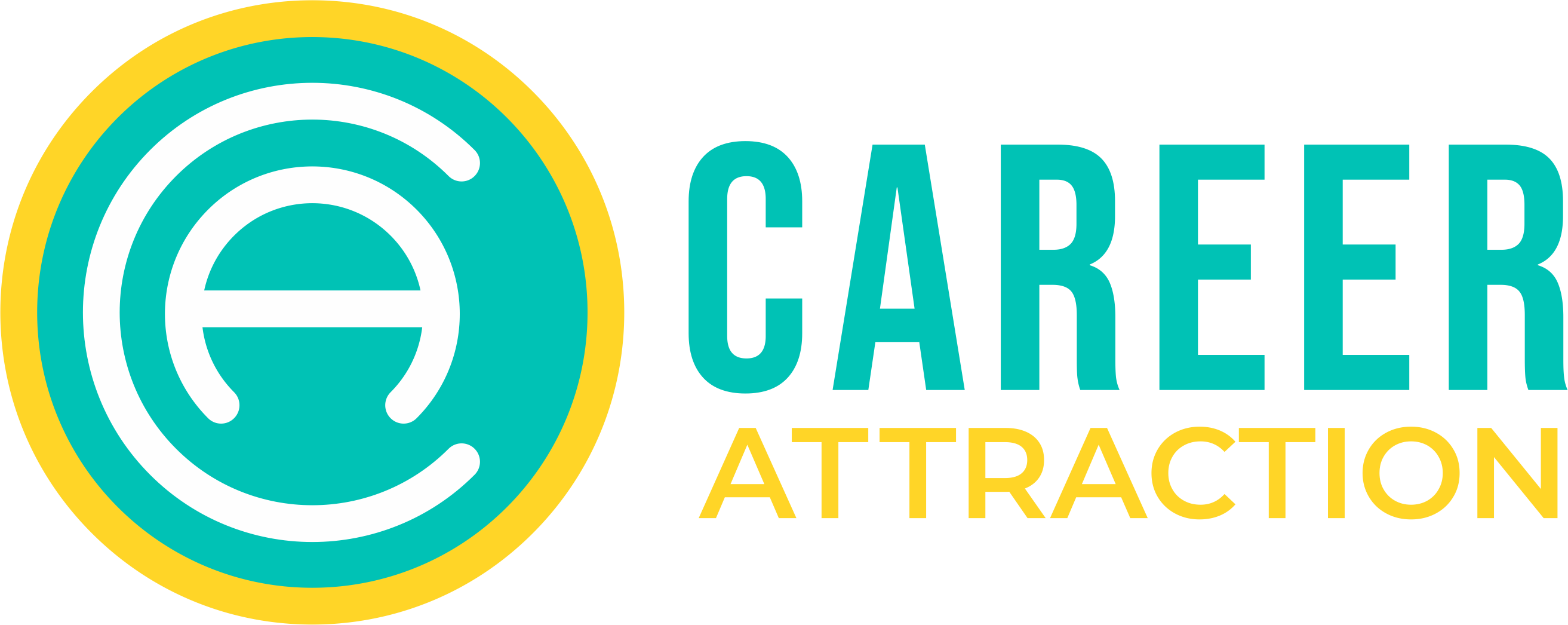Here’s a question I’m always asked during a speech or training: “Why can’t I just copy and paste my resume into my LinkedIn profile?”
Of the plethora of reasons why you shouldn’t see LinkedIn as simply your online resume, the first and foremost reason is this: social media allows you to collect social proof; your resume does not. (Tweet this thought.)
Okay. What the heck is social proof? This concept comes from marketing and advertising. You know those ads where they interview random people off the street to taste a drink or try out a cleaning product? They zoom in on their facial expression, typically of pleasant surprise. Then they cut to the “random” person saying, “Oh, I’m definitely switching to that brand” and so forth.
Marketers know that when you see other people having a positive experience with a brand, you’re more likely to trust the advertising message. After all, the endorsement comes from someone “like me” rather than directly from the company. Studies show that consumers are way more likely to trust a testimonial then a voice over.
What This Means for Your Profile
I’m sure you see by now where I’m heading with this. On your LinkedIn profile, you can tell readers all about the responsibilities you had and the results you got. But readers will be far more likely to trust those claims if someone else — not you — makes them.
One of the key elements savvy recruiters look for on your profile is the number of recommendations you have associated with various relevant past positions. If you have none, that tells a story, too — and probably not one you should be telling. If you have one or two, or fewer than 10 in total, the story isn’t much better.
When I see a profile with no recommendations or with fewer than 10, I make some assumptions. Either this person really sucks, or they simply don’t care very much about their LinkedIn network. Either way, I’m far less likely to trust them. And the risk factor for considering them as a potential next employee goes way up.
No recommendations = higher risk.
Building Up Your LinkedIn Recommendations
Here are some ways you can up your recommendation game:
- Give to get. Want a few more recommendations? Give a few out yourself unsolicited. Those lucky people receiving your love and admiration might just feel grateful (or guilty) enough to want to return the favor.
- Ask for it. I get asked to give people recommendations on occasion, and if I know them and can really stand by my words, I won’t hesitate to provide a few kind words. Using LinkedIn’s “ask for recommendation” feature, find 5-10 people you think know you well enough to provide some honest words on your behalf.
- Ask again. People are busy. Chances are, after you send your first request it will go unbidden. That’s not a rejection — it’s simply an “I’m too busy to figure out what you really want.” So it’s always best to follow up with a separate email and possibly a phone call clearly explaining what you are asking for and why it’s important to you.
- Tell them why. When you ask someone for something, telling them the reason why you need it increases your chances of a positive response. In your request, be sure to cover this.
- Give them an outline. In the olden days, managers used to say, “Write the recommendation for me. I’ll make changes and sign it.” If you do that now, then all your recommendations will look like you wrote them! Since LinkedIn recommendations don’t need to be full-on letters, it shouldn’t take more than 10 minutes for your fan to complete it… if you give them an outline of what three points to cover.
How do you go about collecting LinkedIn recommendations? Share in the comments!
This post originally appeared at Career Enlightenment.
Image: Flickr












